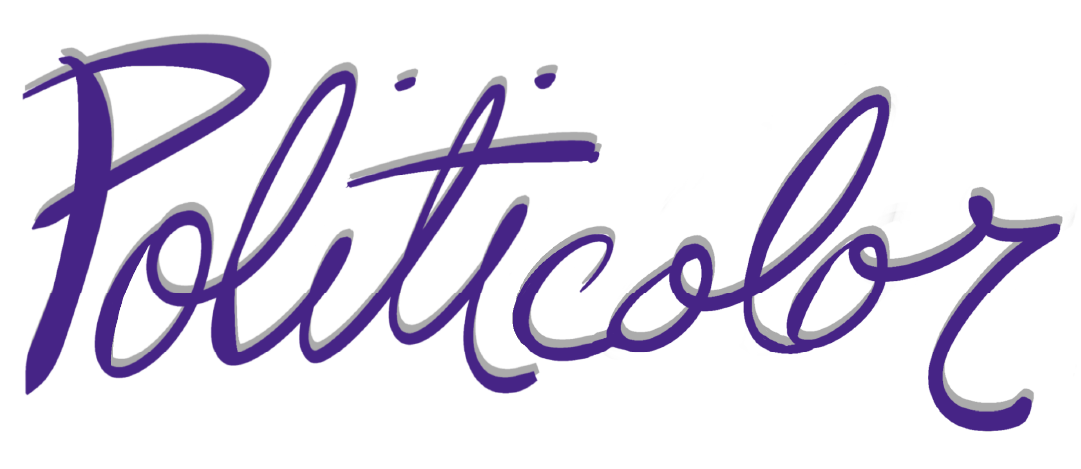At the National Academy today, Kevin Fox presented his thoughts on his own constitutional thinking and teaching. In the Academy tradition, his inquiry started with, “What is it?”. His answers included…
Reasoned
Reflective
Creative constructive imaginative
Present on-going
Whole ordered (not orderly)
Scientific systematic experimental
Balanced (between extremes)
Inclusive (of the parts and the whole)
Serious (treat ideas seriously)
Complex (surplus of mind)
Teaching beyond the test
Purpose driven
Problem generating & solving
With a quick wit, he concluded this line of thought with a simple paraphrase of James Bradley Thayer’s doctrine of constitutional interpretation, “Let them hurt. Make them feel it.” We’re convinced, however, that it doesn’t have to hurt! We can work together to craft classrooms to promote constitutional thinking.
As an example of constitutional thinking and teaching, Kevin shared an activity he uses in his classroom to confront the misunderstanding of Locke’s theory that it requires us to give up our rights to be protected by the government. He gave us each a blank piece of paper and asked us to designate a two-inch margin by drawing a dotted line down the length of the page. We then designated three separate sections of the paper by writing “LEGISLATIVE,” “EXECUTIVE,” and “LEGISLATIVE” across the page. It’s important that these headings cross the dotted line and use part of the reserved margin. We then wrote our rights of “LIFE,” “LIBERTY,” and “ESTATE” between the previous headings. This time it was important to not use the reserved margin.
We then consented to our contract of government by tearing that two-inch margin from the page and contributing it to the “government pot” Kevin provided. A portion of the legislative, executive, and judicial power from each of us was contributed to the government while we each retained the remaining powers and our rights. This activity effectively confronted the misunderstanding Kevin had targeted, but there was a new problem. We each still had some of our executive and judicial power in reserve! What a model of constitutional teaching! Just like constitution making, our newest solutions provide even newer problems.
With this as our model, the 2008 National Academy took time to consider how to improve on this model or how to carry a central concept from the past thre weeks back to their classrooms. Ideas included Play-doh Leviathans and lots of boxes! A previous post on Politicolor also asked us all to consider constitutional teaching through the words of the Preamble. Let’s share those ideas…
Please use the comments below to share your ideas as a result of today’s activity. Alumni, you can join the effort by sharing your stories of what you were able to include in your classroom this past year.
